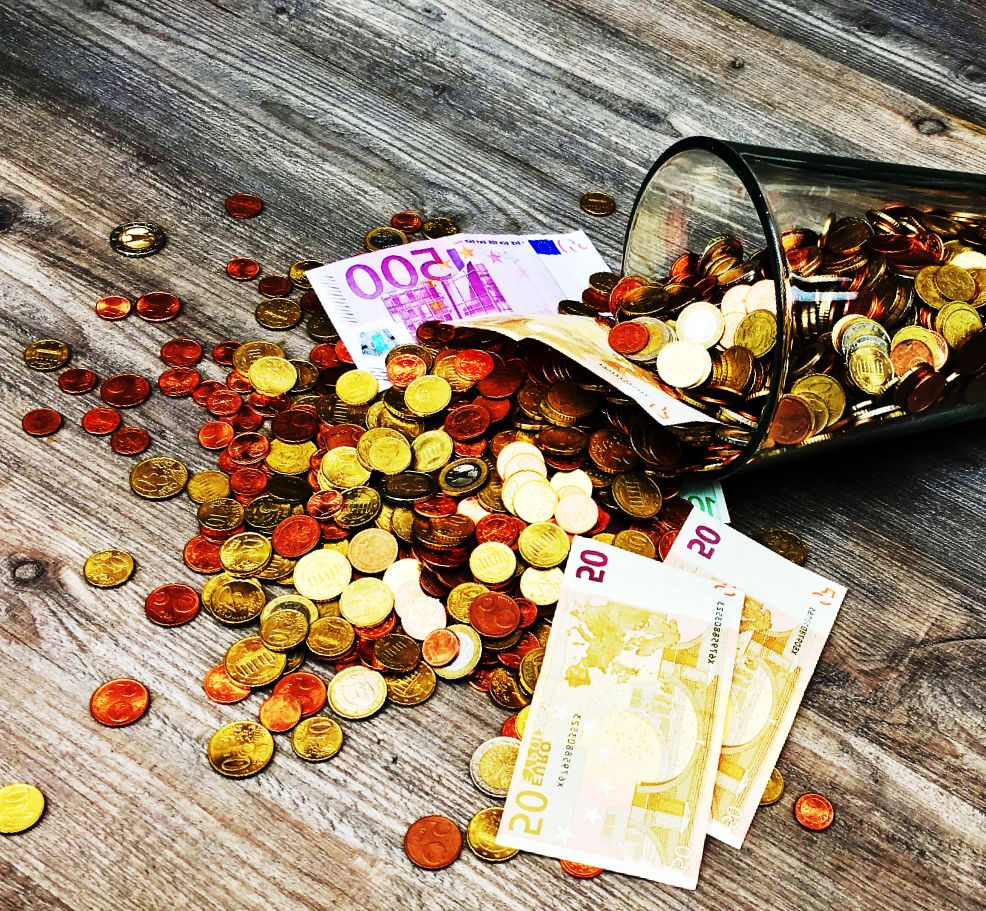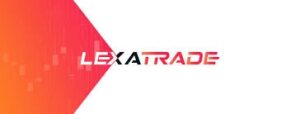Contents
There are also mutual funds, exchange traded funds and exchange traded notes that are based on commodities. The fund may buy futures contracts to track the price, or it might invest in the stock of different companies with commodity exposure. Exchange-traded funds and exchange-traded notes are additional options for investors who are interested in entering the commodities market. ETFs and ETNs trade like stocks and allow investors to potentially profit from fluctuations in commodity prices without investing directly in futures contracts.
Purified terephthalic acid is traded through ZCE in units of 5 tons with the trading symbol of TA. Ethanol is traded at CBOT in units of 29,000 U.S. gal under trading symbols AC and ZE . Founded in 1993 xcritical by brothers Tom and David Gardner, The Motley Fool helps millions of people attain financial freedom through our website, podcasts, books, newspaper column, radio show, and premium investing services.

Classical civilizations built complex global markets trading gold or silver for spices, cloth, wood and weapons, most of which had standards of quality and timeliness. The relationship between a commodity and a stock is variable, so it’s important to do your research. Some commodity prices move in opposition to stocks, which makes them a popular way for investors and traders to hedge their portfolios. For example, if there is a problem with the oil supply chain, oil companies will likely suffer in the short term, but the price of oil would rise as demand outstripped supply. You might end up buying stock in a company whose share price falls, due to other market factors, despite a favorable change for the company in terms of cotton prices. Unpredictable factors like the weather, disease, and natural disasters can have huge effects on commodity prices in the short term.
Fundamental Trading
If the spot price ends up higher than your contract’s price of $45 a barrel, you would make a profit, and if it’s lower, you would lose money. On the other hand, if you had entered a futures contract to sell oil, you would make money when the spot price goes down, and you would lose money when the spot price goes up. At any point, you could close out your position before the contract expiration date.
So in this example, when the futures contract reaches its expiration date, you would close out the position by entering another contract to sell 10,000 barrels of oil at the current market price. Therefore, as a day trader, it is possible to correlate the prices of the oil and those of the oil and gas company and come up with a good trading strategy. As for other significant stock exchanges, the New York Mercantile Exchange was established in 1872 and focused on the dairy trade. In 1994, the largest physical commodity exchange in the world of that time was established, after NYMEX merged with the Commodity Exchange . For one example, a trader might buy soybeans because the weather is dry during the summertime leading to the expectation for an increase in demand from a smaller supply of the harvested crop. Another example could include the actual supply and demand for oil.
- Trading in the commodity market is an interesting and specific type of investment, which is in many respects similar to stock trading.
- It wasn’t a huge moneymaker, but it was at least overall profitable.
- Derivatives such as futures contracts, Swaps (1970s–), Exchange-traded Commodities (2003–), forward contracts have become the primary trading instruments in commodity markets.
- The fine-tuning of the trading strategy yielded an impressive improvement in profitability.
- Learning about commodity trading secrets offers investors significant advantages, such as high amounts of leverage and the opportunity to ride sustained bull or bear trends.
However, unlike the stock market where there are thousands of stocks to choose from – often hundreds within any given industry – there are only a few dozen commodity futures contracts to consider. Commodity ETFs trade provide exposure to an increasing range of commodities and commodity indices, including energy, metals, softs and agriculture. Many commodity funds, such as oil roll so-called front-month futures contracts from month to month. This provides exposure to the commodity, but subjects the investor to risks involved in different prices along the term structure, such as a high cost to roll.
These track the performance of an underlying commodity index including total return indices based on a single commodity. They are similar to ETFs and traded and settled exactly like stock funds. ETCs have market maker support with guaranteed liquidity, https://traderevolution.net/ enabling investors to easily invest in commodities. Derivatives evolved from simple commodity future contracts into a diverse group of financial instruments that apply to every kind of asset, including mortgages, insurance and many more.
Invest directly in the commodity
For traders who seek action or need action to have a profitable year, following one commodity might not make sense. It might sound simple always to trade the market that is in the strongest trend or is making a big move from a big hire drupal developer change in market fundamentals. In reality, this can be very dangerous if you are not a skilled trader or you do not know the markets well. Some commodity traders make a good living by focusing on trading a single commodity.
Commodity pools and managed futures are private funds that can invest in commodities. They are like mutual funds except many of them are not publicly traded, so you need to be approved to buy into the fund. With a small investment, you can gain access to a much larger range of commodities than if you tried to build the portfolio yourself. However, you’ll need to pay an additional management fee to the commodity fund over what it might cost if you had made the investments yourself. In addition, depending on the fund’s approach, it may not perfectly track the commodity price.

Of course, investors need to do some research to help ensure that a particular company is both a good investment and commodity play. Manufacturers and service providers use futures contracts as part of their budgeting process to normalize expenses and reduce cash flow-related headaches. Manufacturers and service providers that rely on commodities for their production process may take a position in the commodities markets as a way of reducing their risk of financial loss due to a change in price. Modern commodity trading in the United States started in 1848 at the Chicago Board of Trade.
What are commodities and how do you trade them?
The information in this site does not contain investment advice or an investment recommendation, or an offer of or solicitation for transaction in any financial instrument. IG accepts no responsibility for any use that may be made of these comments and for any consequences that result. You can also speculate on a range of commodity-linked stocks and ETFs. Agricultural commodities are particularly dependent on seasonal cycles that impact production and harvesting. Prices tend to rise when harvest forecasts are positive, and decline after the harvest, when the market is flooded with products.

One of the popular ways to trade commodity markets is with contracts for difference . A CFD is a type of contract between a trader and a broker that allows the latter to speculate on the price difference between opening and closing the trade. Adverse weather conditions can have an impact on a range of commodities. It can damage harvests, disrupt oil and gas production and hamper mining activity, as well as causing logistics problems. Conversely good weather can yield bumper crops, resulting in an oversupply of agricultural commodities. If you want to start trading commodities, you should become familiar with what moves the commodities market.
Commodity trading online with CMC Markets
Select or search for commodities to view real-time prices, charts and more. Commodity price risk is price uncertainty that adversely impacts the financial results of those who both use and produce commodities. Global economic development and technological advances can also impact prices. For example, the emergence of China and India as significant manufacturing players has contributed to the declining availability of metals, such as steel, for the rest of the world. Samantha Silberstein is a Certified Financial Planner, FINRA Series 7 and 63 licensed holder, State of California life, accident, and health insurance licensed agent, and CFA. She spends her days working with hundreds of employees from non-profit and higher education organizations on their personal financial plans.
Discover how commodities trading works
High-frequency trading algorithmic trading, had almost phased out „dinosaur floor-traders“. That means rising oil prices have traditionally been linked to a weaker stock market. Likewise, the stock market is often stronger when oil prices are low. If you think the price of a commodity will go up, you buy futures, or go long.
Traders look to profit from a commodity breaking out of its recent trading range, buying before the price moves higher or selling before it drops lower. There are private funds that invest in commodities but unlike mutual funds they are not publicly traded, so you must be approved to buy into them. Commodity pools and managed futures funds can use more complex trading strategies and offer the potential for higher returns than ETFs and other funds, although management fees are typically higher as a result. If mines have to reduce their output, crops fail or oil producers decide to pump less, supply will decrease and prices will rise.
Chicago, centrally located, emerged as the hub between Midwestern farmers and east coast consumer population centers. A Spot contract is an agreement where delivery and payment either takes place immediately, or with a short lag. Physical trading normally involves a visual inspection and is carried out in physical markets such as a farmers market. Derivatives markets, on the other hand, require the existence of agreed standards so that trades can be made without visual inspection. Bureau of Labor Statistics began the computation of a daily Commodity price index that became available to the public in 1940. Another way to invest in commodities is to buy shares of the companies that produce them.
Sometimes investors will back the ETF with the actual commodity held in storage. ETNs are unsecured debt securities designed to mimic the price fluctuation of a particular commodity or commodity index. There are some relative disadvantages to investing in stocks as a way of gaining access to the commodities market. In addition, the price of a stock may be influenced by company-related factors that have nothing to do with the value of the related commodity that the investor is trying to track. Most futures contracts offer the possibility of purchasing options. Futures options can be a lower-risk way to enter the futures markets.
But with the advent of online trading, private traders gained access to global commodities markets with relatively modest amounts of capital. For example, you could hold one S&P 500 Index futures contract with a margin deposit of just over $20,000, while it would take several hundred thousand dollars to buy each of the actual stocks contained in the index. Institutional investors were repelled by campaign against „blood diamonds“, the monopoly structure of the diamond market and the lack of uniform standards for diamond pricing. The exchange fund was backed by a company based in New York City called IndexIQ. IndexIQ had already introduced 14 exchange-traded funds since 2008. In 1900, corn acreage was double that of wheat in the United States.